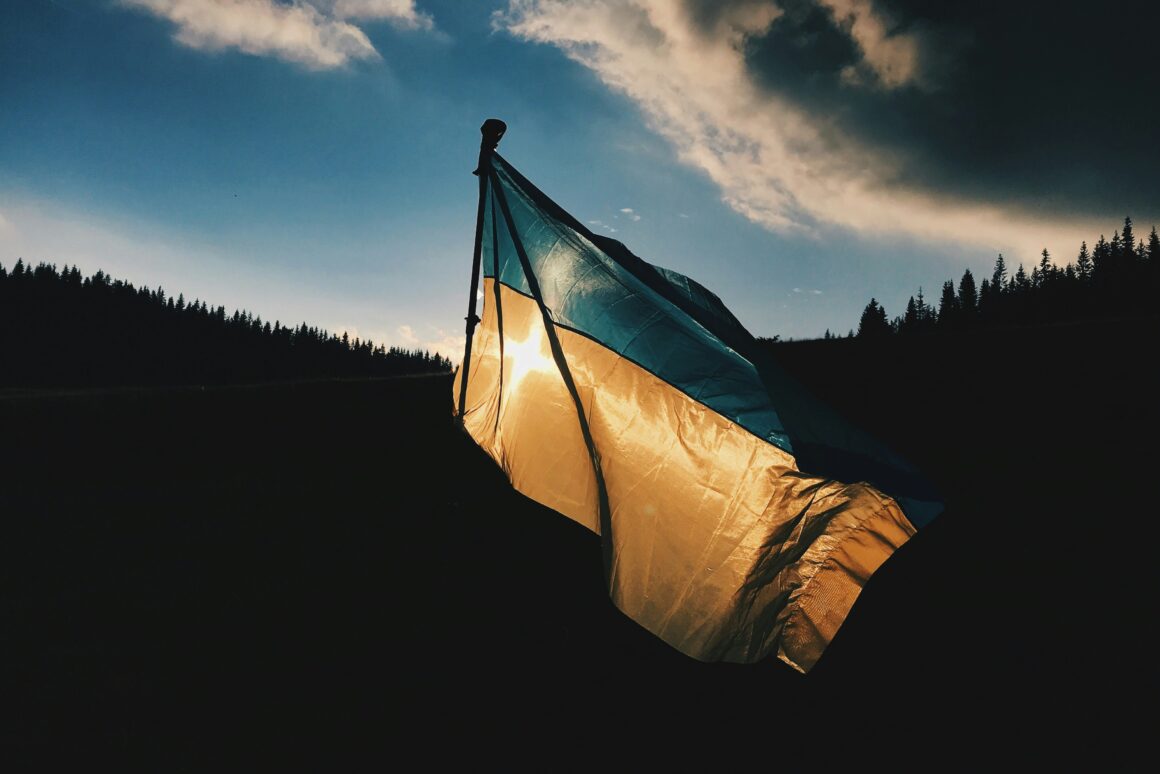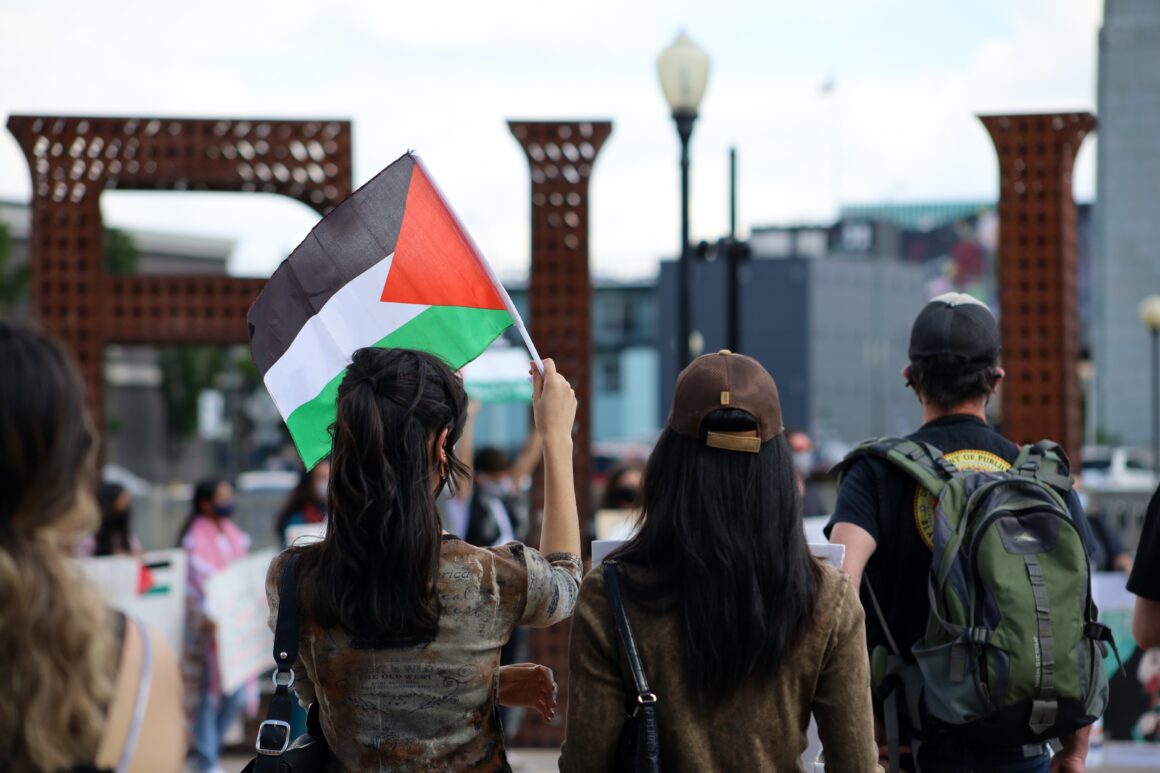I never really had that big hype about going to the United States that a lot of people seem to have. Sure, it’s the most powerful country in today’s world militarily, politically and economically, but being Black, Arab and Muslim all at once (I’m Sudanese), the U.S. didn’t exactly market itself as a safe haven for me. The whole ordeal of President Trump’s election wasn’t very inviting either.
When the travel ban rolled out though, it got me thinking: I know I never had the intention of migrating to the U.S anyway but why am I forcibly being kept out? It felt like I was being locked out of a room I never tried to get into and naturally, now I wanted to look inside.
The idea of restraint didn’t sit well with me, especially being that it had no justification. Unlike me, some people who were affected by the order had built lives in the U.S. and were now immobilized. The couldn’t see their families or return to their jobs, and if restraint felt bad for me, imagine how they felt.
So I set out to look for the reason(s) behind executive order 13769, and why holders of passports from Iran, Iraq, Libya, Somalia, Sudan, Syria and Yemen were now unable to enter U.S. soil, despite already having to go through so much just to get Visas and facing tough security protocols at airports.
I’m well aware of the false notion that Muslims are considered terrorists in the west. Being that the countries listed in the ban are all Muslim majority countries, maybe that was the root of the problem?
But if that was the case, why aren’t all Muslims countries banned? It seems like only a handful of countries that would not oppose the ban have bee chosen. Almost all the countries that have been banned are either ravaged by internal conflict or crippled by U.S. sanctions, and have larger problems to deal with so would not put enough time or resources into fighting the decision. Why has the ban not included Muslim powers like Saudi Arabia or Egypt? The events of September 11th constitute the largest coordinated terrorist attack on U.S soil, but of the nineteen 9/11 hijackers, 15 were Saudi Nationals, 2 were from the U.A.E, 1 was from Egypt and 1 was from Lebanon. None of these countries are on the ban despite all being Muslim majority countries, and none of the countries on the ban had any citizens directly affiliated with 9/11. Despite the ban being called a “Muslim ban”, I could see no evidence of this. The incoherence certainly made it look like it had nothing to do with Islam.
Maybe the citizens of the seven banned countries are frequent terrorists in the U.S.? Maybe they were banned because they pose the biggest threats to America, right?
Wrong.
According to the BBC, significant recent attacks in the U.S. were not committed by citizens from any of the seven countries included in the order. This list (of significant recent attacks) includes:
- Fort Lauderdale airport shooting (January 2017): A U.S. citizen
- Orlando nightclub shooting (June 2016): A U.S. citizen with Afghan parents
- San Bernardino shooting (December 2015): A U.S. citizen with Pakistani parents, and a Pakistani citizen
- Chattanooga shootings (July 2015): A Kuwait-born U.S. citizen
- Charleston church shooting (June 2015): A U.S. citizen
- Boston marathon bombing (April 2013): Two men originally from Chechnya, Russia
None of these countries of origin are on the travel ban either. But the striking revelation is that almost all these attacks were perpetrated by U.S citizens, and a ban would not have stopped them. In fact, according to the New America Foundation, 82% of all terrorism incidents since 2001 were conducted by citizens and permanent residents.
So, statistically if America wanted to ban the citizens of the country that threatens its safety the most, it would ban Americans.
The article also mentioned a Cato Institute study that found that Americans are 253 times more likely to die in a regular homicide than dying in a terrorist attack committed by a foreigner in the US.
Finding all this information didn’t leave much room for other explanations. Why these seven countries in particular? There was no way to know for sure. Maybe the new administration wanted to exploit the irrational and baseless fear of Muslims as an excuse to whatever purpose they have in mind.
But they failed.
The American street was filled with waves of people of many different faiths, races, age groups and genders, all showing their dissatisfaction with the executive order. They came to tell the world that their president does not represent all of their views. They came to show the people I mentioned above, the ones who’s lives were severely affected by the ban that they are not unwelcome. Heart-warming stories, pictures and videos took the internet by storm, like the picture of Meryem and Adin, the 7-year-old Muslim girl and 9-year-old Jewish boy protesting the ban, both on the shoulders of their fathers (That one really hit home-base for me). Lawyers were going out of their way to help arrivals at their airports safely enter the country, and even law makers started openly opposing the order and questioning its legitimacy.

In a weird twist of fate, the ban exposed a side of America that I was not very familiar with. The multi-cultural side, where people from two faiths that have historically been at odds work together to oppose a controversial ban. The side where people help strangers at the airport because they want them to feel welcome. The side were officials stand with the people to try and overturn a decision neither of them agreed to.
For the first time in my life, I saw the United States under the light of its citizens, not their government, a view unstained by politics and foreign policy. And I wanted in.





